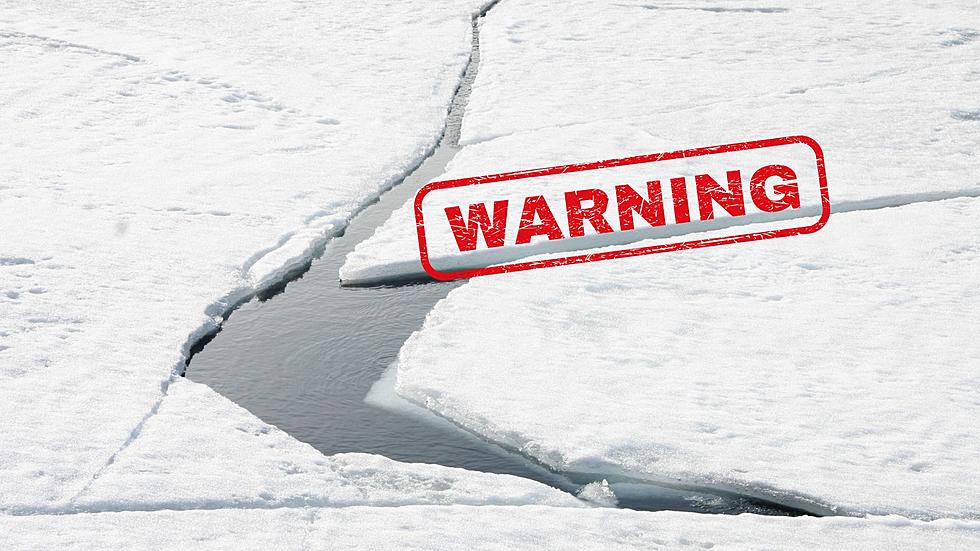
Duluth Fire Department Warns Of Unsafe Conditions On Lake Superior Bay
This week started with Duluth breaking a 147-year-old high-temperature record and although it's ending with slightly cooler temperatures, there's also rain in the forecast.
As our crazy El Niño winter continues anything is possible except, it seems, for the winter activities outdoor enthusiasts usually enjoy throughout the winter months such as lengthy snowmobiling and ice fishing seasons.
On Wednesday, February 7, the Duluth Fire Department issued a warning to the public regarding unstable conditions on Superior Bay adjacent to Park Point.
Fire department officials are asking the public to exercise caution and refrain from engaging in all ice fishing activities on Superior Bay adjacent to Park Point. This is because the recent warm temperatures have led to large cracks and fissures forming in the ice on the bay, including open water areas making conditions unsafe for recreational activities like ice fishing.
They advise the public to stay off of the ice until conditions for ice recreation improve. Please remember that wind conditions play an important factor in ice safety on large bodies of water. The public must be aware of ice thickness guidelines and follow them.

Minnesota Department Of Natural Resources Ice Thickness Guidelines
As a reminder, the Minnesota DNR urges everyone to adhere to the following ice thickness guidelines. Keep in mind that these are for new, clear ice only.
- UNDER 4" - Stay off
- 4" - Ice fishing or other activities on foot only
- 5" - 7" - Snowmobile or small ATV
- 7” – 8” - Side-by-side ATV
- 9” – 10” - Small car or SUV
- 11” -12” - Medium SUV or small truck
- 13” - Medium truck
- 16” -17” - Heavy-duty truck
- 20” or more - Heavy-duty truck with wheelhouse shelter
The DNR says their recommendations are based on average equipment weight and assume solid, clear ice. You are responsible for knowing the weight of your vehicle, equipment, and body.
Read Now: Ambitious $500 Million Development Proposed At Former Duluth Central Site
They add that there are many other factors other than thickness that affect ice strength, including air temperature, wind, snow, streams, narrow areas or bottlenecks, sun, shade, fish communities, plant decay, and more.
When a layer of snow melts and refreezes on top of lake ice, it creates white ice, only about half as strong as new, clear ice. It's for that reason that the DNR recommends doubling all thickness guidelines when traveling on white ice.
LOOK: 50 cozy towns to visit this winter
Gallery Credit: Laura Ratliff

LOOK: This is where homes are selling the fastest right now
Gallery Credit: Stacker

